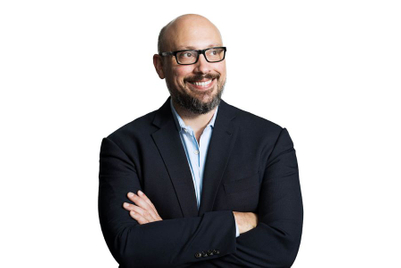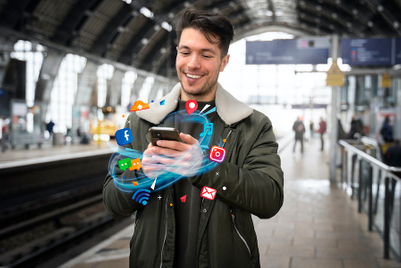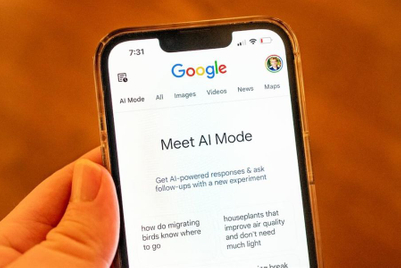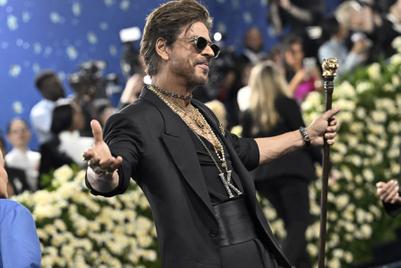
Facebook India’s head Kirthga Reddy says the mobile will be cornerstone of the brand’s strategy in India, citing the growing base of mobile users, and with it, the 62 million mobile users of Facebook on mobile.
In conversation with Campaign India, she touched upon the brand’s stated global stand on internet.org and what it means for India, growing traction for the social media platform among advertisers, the contentious ‘Likes’ debate, and more. Edited excerpts from the interview:
How much of your time today is spent thinking advertising solutions and interacting with marketers?
It has changed pretty significantly as I have taken on the focus of working with our largest advertisers and agencies. To me, it is just so rewarding to think of what marketers’ biggest problems are and how we can solve them.
There is a school of thought that advertising model for social media is not a good business model...
We announced one million advertisers a few weeks ago, and that gives you a sense of adoption of our marketing platform. The beauty of Facebook is its beautiful formats, which provide a seamless experience of displaying ads and friend’s posts. That is what is driving the engagement on our platform.
Fake Facebook ‘Likes’: Despite assurances from Facebook, there are agencies which offer such services. Are there any processes in place to identify and penalise them?
We are a real identity platform and we do a lot to make sure that there are true identities on the platform. If anyone is in violation of that with a fake identity on Facebook, we take appropriate measures to ban them. We have teams in place to detect these and also encourage users to report any such instances. We are aware that there are agencies who indulge in this practice, and when we come across it we take appropriate action.
In terms of the reach efficiency (cost per target), how do you see that evolving for Facebook?
What the advertiser gets is a very effective and efficient media platform. One, we don’t have any spillage over whom we are reaching out to. Second is how brands are using Facebook along with TV to complement TV. Facebook is used as the centre for product launches. We had Unilever using the various solutions available, including the video on logout pages, to promote their brands. Domino’s used Facebook to complement their TV campaign and sustain the buzz around the products. Moreover, you can get that (audience) at a much lower CPM using Facebook. Also, we can identify the user on desktop or mobile and help achieve the right frequency and reach. From that perspective, we are one of the most effective platforms for an advertiser.
In your view, are you also underpriced, in terms of cost-per-target?
This is a market that will continue to grow, and we have very strong relations with our advertisers and agencies to help them meet their business targets and be a part of their media plan.
As the medium grows in terms of advertiser traction, are the results commensurate?
I have case study after case study on how the platform is helping businesses grow. The e-commerce platform has grown up on Facebook - there is no conversation in the e-commerce sector about ‘how I reallocate television, print or radio and how do I think about Facebook in that mix’. Chumbak will say that 25 per cent of their revenues come through Facebook, Myntra will say 25 per cent, and so on.
What is the Facebook India experience with reads or engagement with sponsored content?
We had our insights team working on such trends. We found that in India we engage in a greater manner than the global average: We have a higher number of people participating in a conversation than just observing. In the same way, we find that people in India like to interact with brands more than the global average.
(Read the full interview in the issue of Campaign India dated 6 September 2013)



.jpg&h=334&w=500&q=100&v=20250320&c=1)
.jpg&h=334&w=500&q=100&v=20250320&c=1)



.jpg&h=334&w=500&q=100&v=20250320&c=1)
.jpg&h=334&w=500&q=100&v=20250320&c=1)

.jpg&h=334&w=500&q=100&v=20250320&c=1)






.jpg&h=268&w=401&q=100&v=20250320&c=1)

